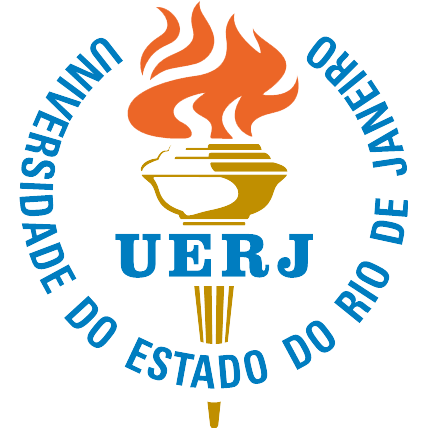Atualização das recomendações da prática quanto ao cateter central de inserção periférica em recém-nascidos [Updated practical recommendations for the peripherally inserted central catheter in newborns] [Actualización de las recomendaciones de la práctica sobre el catéter central de inserción periférica en neonatos]
DOI:
https://doi.org/10.12957/reuerj.2021.61291Keywords:
Enfermagem, Cateterismo Periférico, Recém-Nascido, Difusão de Inovações.Abstract
Objetivo: discorrer sobre as recomendações para prática de enfermagem mais atuais no manejo de cateter central de inserção periférica (PICC) em recém-nascidos (RNs). Conteúdo: a assistência ao RN com PICC vem sofrendo diversas alterações em relação às formas de mensuração do tamanho do cateter a ser inserido e de visualização da veia a ser puncionada, aos fatores que influenciam a escolha do sítio de inserção, ao acompanhamento da migração do cateter, à confirmação da ponta do PICC e a outros cuidados de manutenção e remoção do dispositivo. Conclusão: houve uma grande evolução do conhecimento referente ao manejo do PICC na população neonatal, mas ainda existem lacunas de conhecimento a serem exploradas. Espera-se uma melhoria da assistência ao RN que receberá um PICC.
ABSTRACT
Objective: to discuss the most current recommendations for nursing practice in the management of the peripherally inserted central catheter (PICC) in newborns (NBs). Content: care for NBs with PICCs has undergone several changes as regards measuring the size of the catheter to be inserted and visualizing the vein to be punctured, factors influencing choice of insertion site, monitoring for catheter migration, confirming PICC tip position, and other precautions for device maintenance and removal. Conclusion: knowledge of PICC management in newborns has advanced greatly, but still features gaps to be explored. Care for NBs who receive a PICC is expected to improve.
RESUMEN
Objetivo: discutir las recomendaciones más actuales para la práctica de enfermería sobre el manejo de catéteres centrales de inserción periférica (PICC) en recién nacidos (RN). Contenido: la asistencia al RN con PICC ha sufrido varios cambios en relación con las formas de medir el tamaño del catéter a insertar y la visualización de la vena a puncionar, los factores que influyen en la elección del sitio de inserción, el seguimiento de la migración del catéter, la confirmación de la punta del PICC y otras precauciones de mantenimiento y extracción del dispositivo. Conclusión: ha habido una gran evolución del conocimiento sobre el manejo de PICC en la población neonatal, sin embargo, aún existen brechas de conocimiento por explorar. Se espera una mejora en la asistencia al RN que recibirá un PICC.
Downloads
Published
How to Cite
Issue
Section
License
When publishing in Revista Enfermagem UERJ, the authors declare that the work is their exclusive authorship and therefore assume full responsibility for its content.
Authors retain copyright to their article and agree to license their work using a Creative Commons Attribution International Public License (CC BY), thereby accepting the terms and conditions of this license (https://creativecommons.org/licenses/by/4.0/legalcode.en), which allows material created by the author to be distributed, copied and displayed by third parties. The original work must be cited and present a link to the article available on the website of the journal in which it was published.
The Copyright of the articles published in Revista Enfermagem UERJ belongs to their respective author(s), with the rights of first publication assigned to Revista Enfermagem UERJ, with the work simultaneously licensed under a Creative Commons License CC BY, which allows sharing of work with recognition of authorship and initial publication in this journal.
The authors grant Revista Enfermagem UERJ the right of first publication, to identify themselves as the original publisher of the work and grant the magazine a license of non-exclusive rights to use the work in the following ways:
- Sell and/or distribute the work in printed copies and/or electronic format;
- Distribute parts and/or the work as a whole with the aim of promoting the magazine through the internet and other digital and printed media;
- Record and playback work in any format, including digital media.
In line with the journal's policies, each published article will be assigned a Creative Commons Attribution (CC BY) license.









